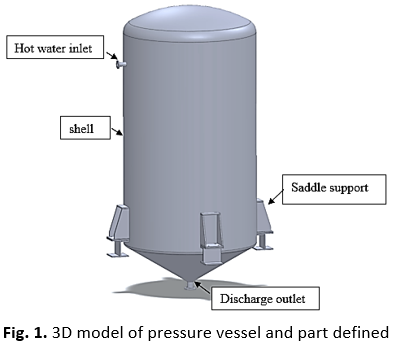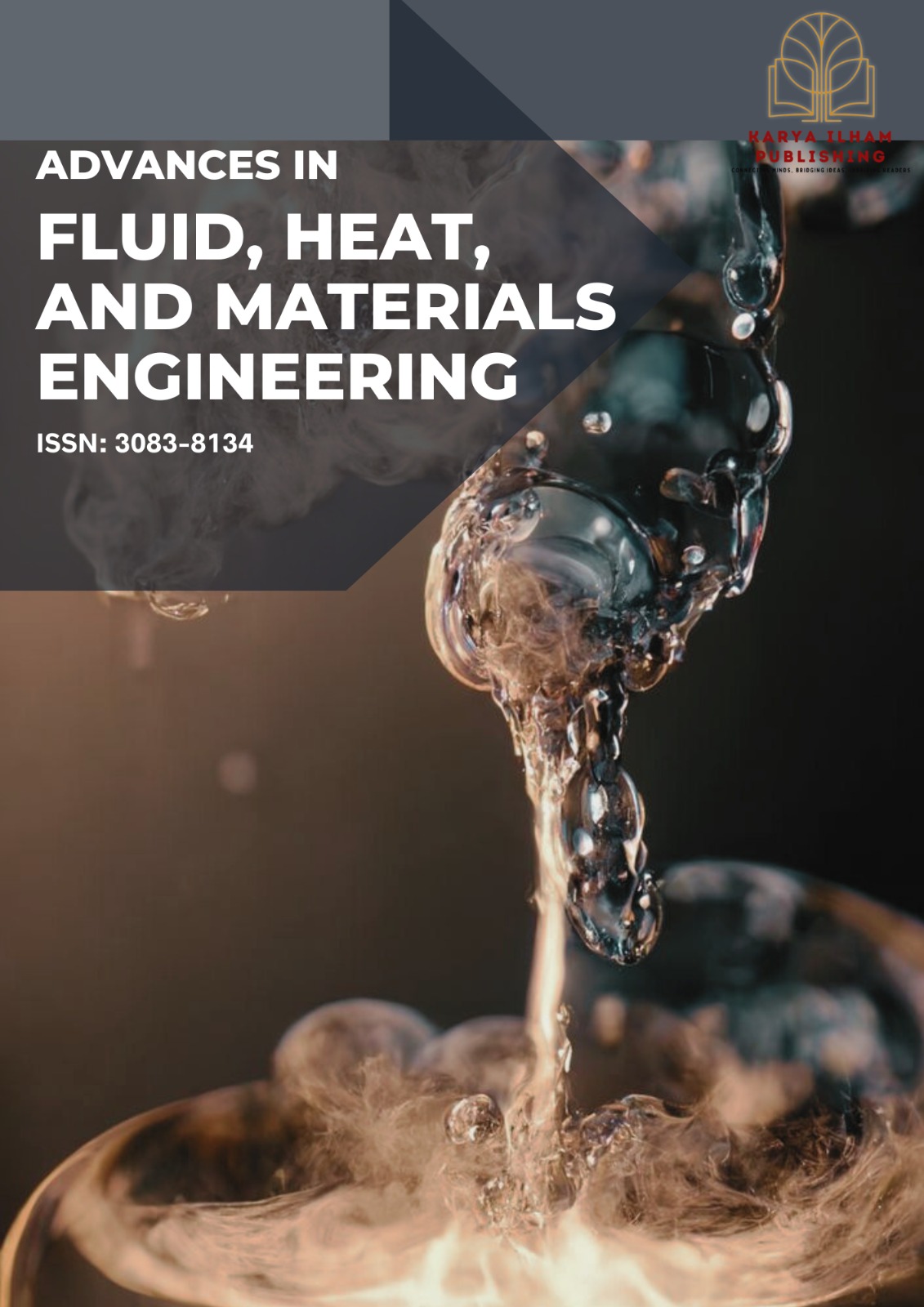Analysis of the Performance of a Pressure Vessel Structure: A Numerical Method Approach
DOI:
https://doi.org/10.37934/afhme.2.1.2335aKeywords:
Pressure vesse, deformation of the structure, stress distribution, fluid-structure interaction (FSI)Abstract
A pressure vessel is a closed container that stores a gas or liquid at a pressure that significantly differs from the ambient pressure. Biodiesel plants are most common applications of pressure vessels. Because of the pressure vessel’s varying operating conditions, it is potentially dangerous and could result in fatal accidents. This knowledge can help not only determine longevity but also determine how to care for and maintain them properly. Therefore, this study involved the investigation of the distribution of deformation and stress in the pressure vessel structure located at the UTHM biodiesel pilot plant using four different initial temperatures which are 35°C, 83°C, 120°C, and 350°C. The dimensions of the pressure vessel were obtained from the actual geometry of the pressure vessel VE203 in the UTHM biodiesel pilot plant. There were four variables for the different materials used in this simulation: stainless steel, carbon steel, titanium alloy, and super duplex 2507. The analysis results were used to establish a risk assessment to predict the performance of the pressure vessel structure. Analysis was performed using the Fluid-Structure Interaction (FSI) method. The constructed risk indicators aid in predicting risks for pressure vessels during the operating process, and for the safety of workers in the plant. The results indicated that carbon steel can withstand high deformation of the structure when the inlet temperature exceeds the allowable operating temperature, 350°Cwhich is 0.03816 m. Meanwhile, stainless steel can withstand high-stress distribution because the lowest value recorded at an inlet temperature of 350°C is 3687 MPa.













